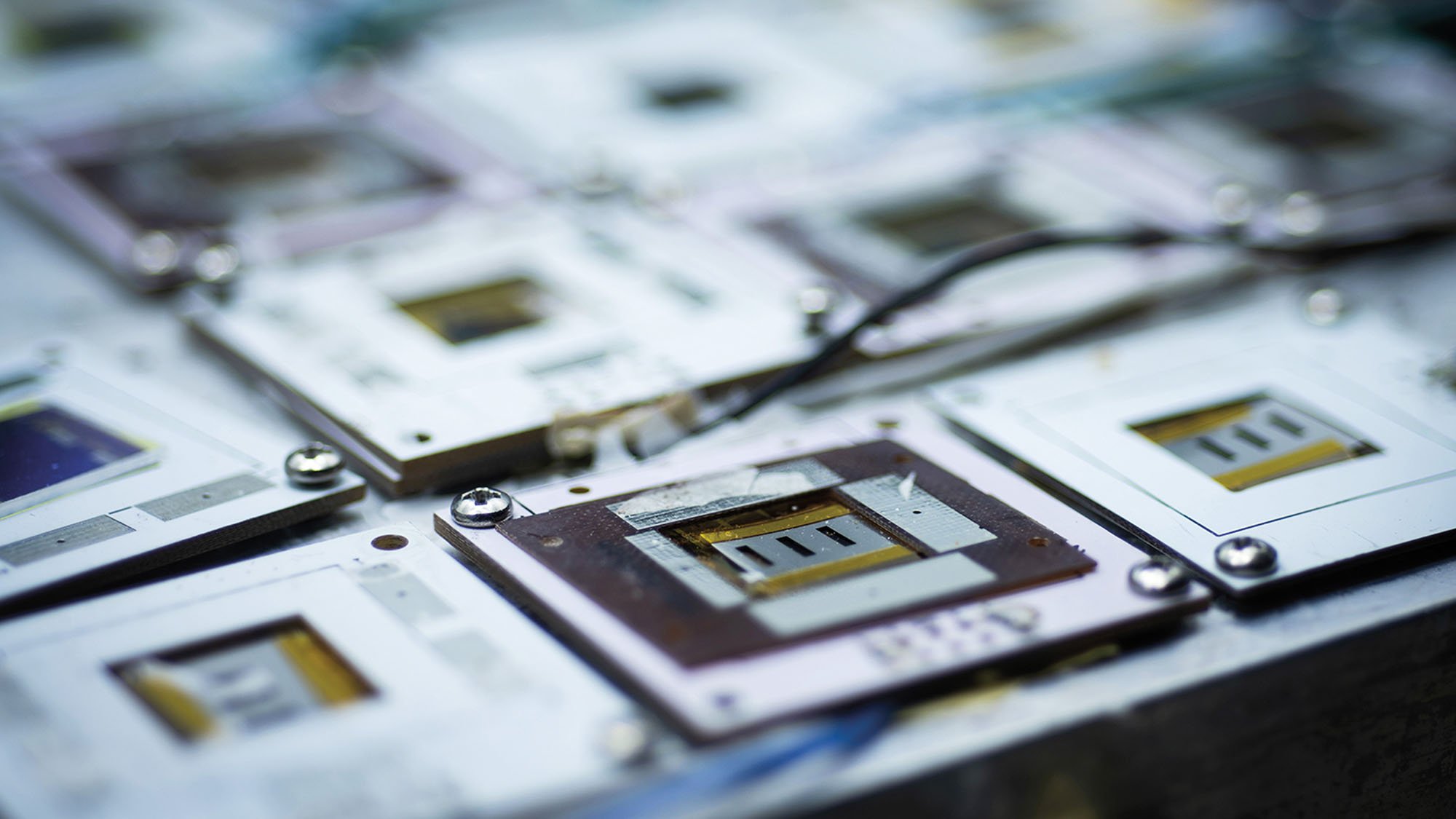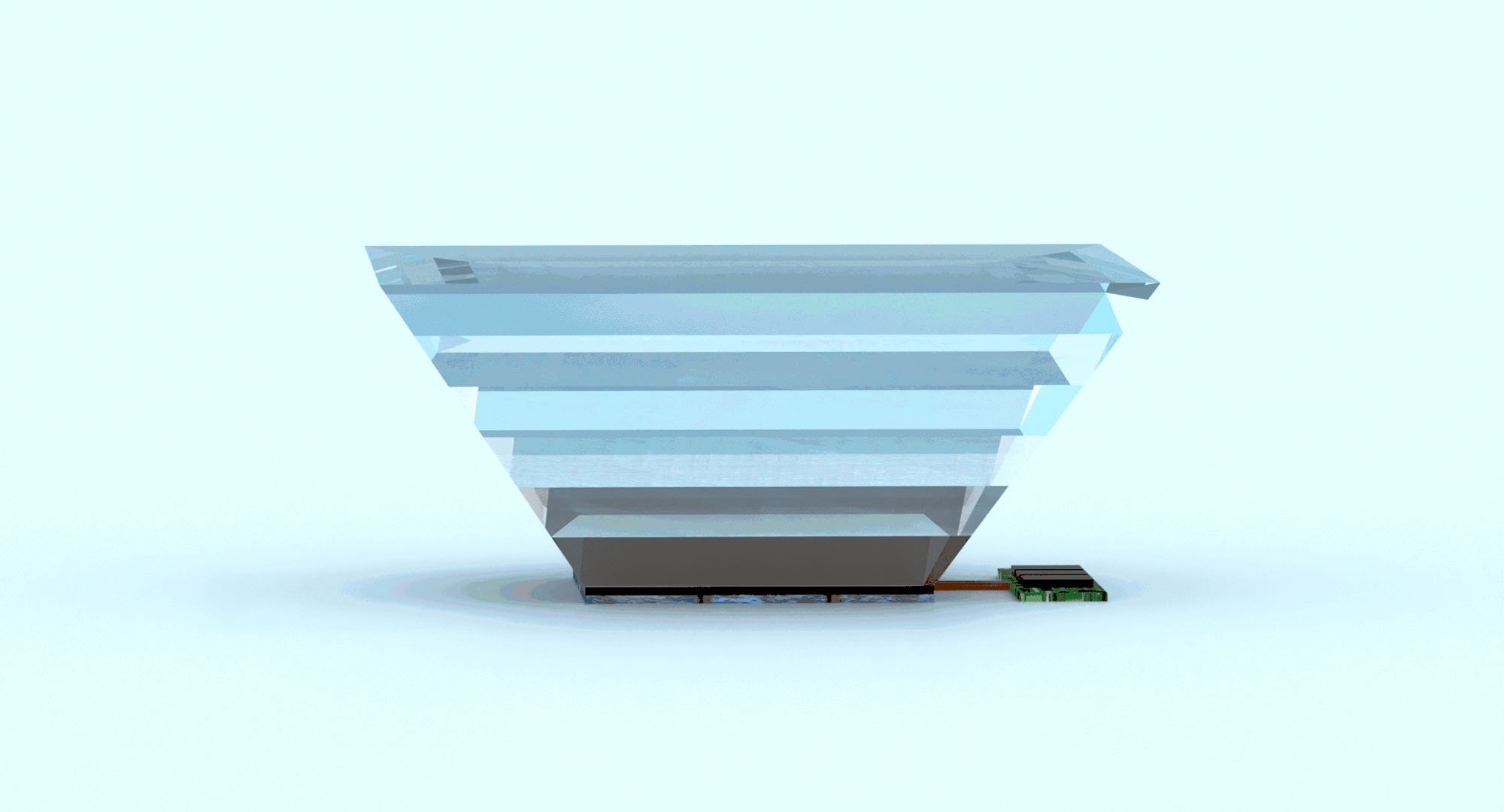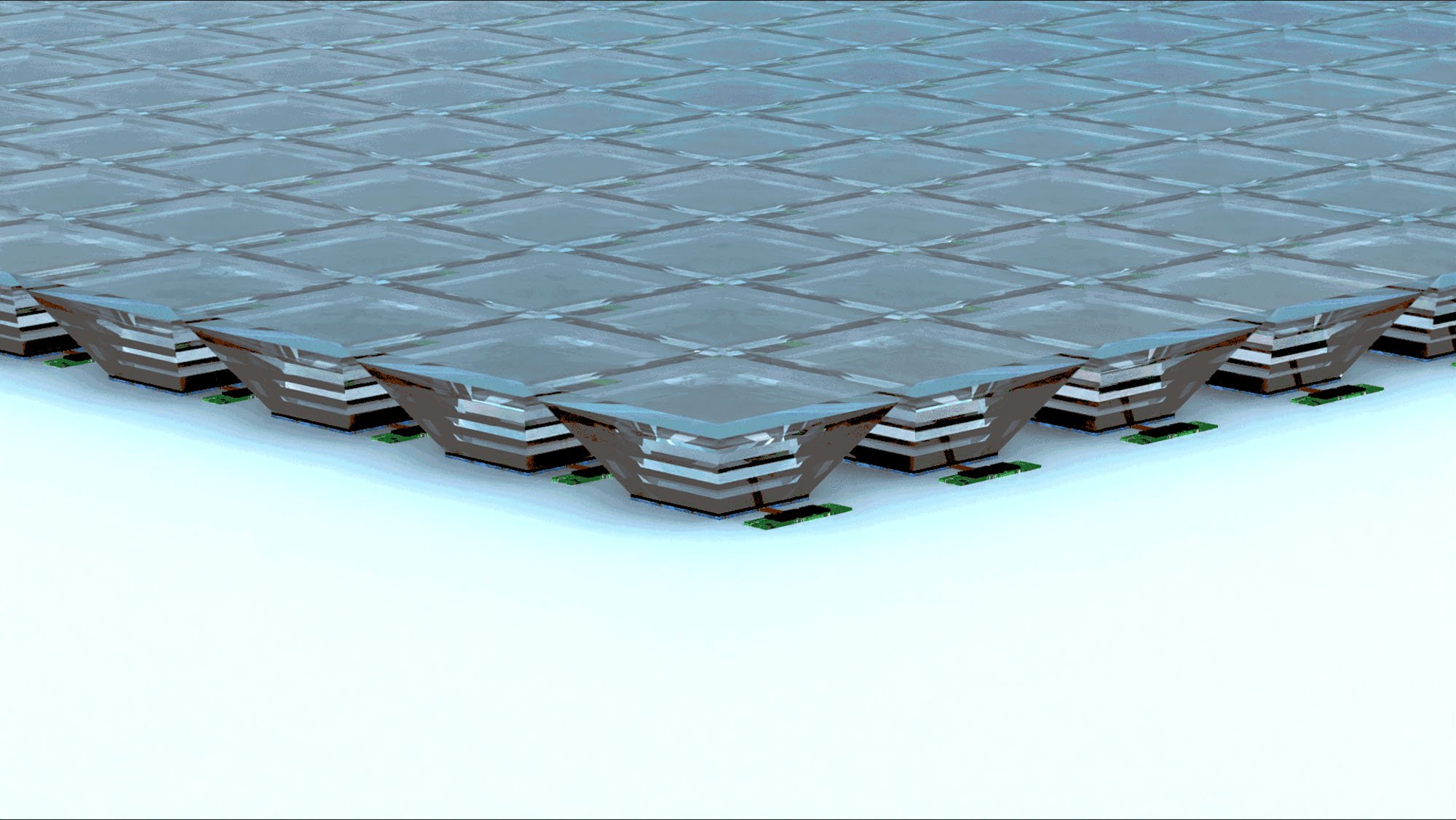
January 5, 2023
The Next Generation of Solar Is Lighter, Better, and Cheaper
The photovoltaic effect, the process by which the sun’s rays are converted into electrical current, was discovered all the way back in 1839 by French physicist Edmond Becquerel, but it wasn’t until the 1950s that the first modern silicon-based solar cells were demonstrated at Bell Labs. Since then, the race to make solar energy more efficient and less expensive has been underway and progress has been dramatic. In the past ten years alone, the cost per kilowatt of solar energy has fallen from nearly $2 to about 34 cents.
New innovations promise to make solar panels that are cheaper, more powerful, and less wasteful at the end of their useful life. Emerging technologies include pyramidal lenses, developed by researchers at Stanford University, which promise to concentrate the amount of light that hits a solar cell—getting the same amount of light to hit an area a third of the size—a breakthrough that could make solar panels more efficient in indirect light conditions.

Some scientists are even questioning the foundational material of solar panels— silicon—and experimenting with organic photovoltaics and perovskite solar cells, which replace silicon with more widely available compounds for cheaper manufacturing, as well as quantum solar cells, which are made of microscopic semiconductor particles and can more efficiently harvest the sun’s energy. These so-called third-generation photovoltaic cells may be able to overcome the efficiency limits of contemporary solar, pointing to a future in which the energy is more affordable up front—and looks radically different from the rigid blue panels we’ve grown accustomed to.

Lighter, more versatile means of collecting the sun’s energy could be applied to more buildings in more places. Designers are already adapting roofs, siding, and even windows for energy generation. San Jose, California’s GAF Energy has developed a solar roofing system that is installed like regular asphalt shingles, while Ubiquitous Energy, based in nearby Redwood City, has developed a transparent panel that harvests light from the invisible spectrum and can be used on windows and other surfaces.
But the pace of innovations in solar might be too rapid, meaning today’s solar cells may be obsolete tomorrow. Where some see a brewing e-waste problem, others see an opportunity. French company ROSI, for one, is betting that solar panel recycling will be big business. It has developed technology to recover valuable ingredients like silver and silicon from panels’ complex lamination, with the aim of using materials from the last generation to build the next.


Would you like to comment on this article? Send your thoughts to: [email protected]
Latest
Viewpoints
Google’s Ivy Ross Makes Sense of Color
METROPOLIS sits down with Ivy Ross, Google’s vice president of hardware design, to discuss Making Sense of Color, now on view during Salone del Mobile 2024.
Viewpoints
Two Sustainability News Updates for Q2 2024
The building industry makes vital moves toward standardization and transparency on energy efficiency and social impact.
Viewpoints
How the Design Industry Is Navigating the Sustainability Surge
Discover new ThinkLab research that suggests sustainable design is hitting its stride.





